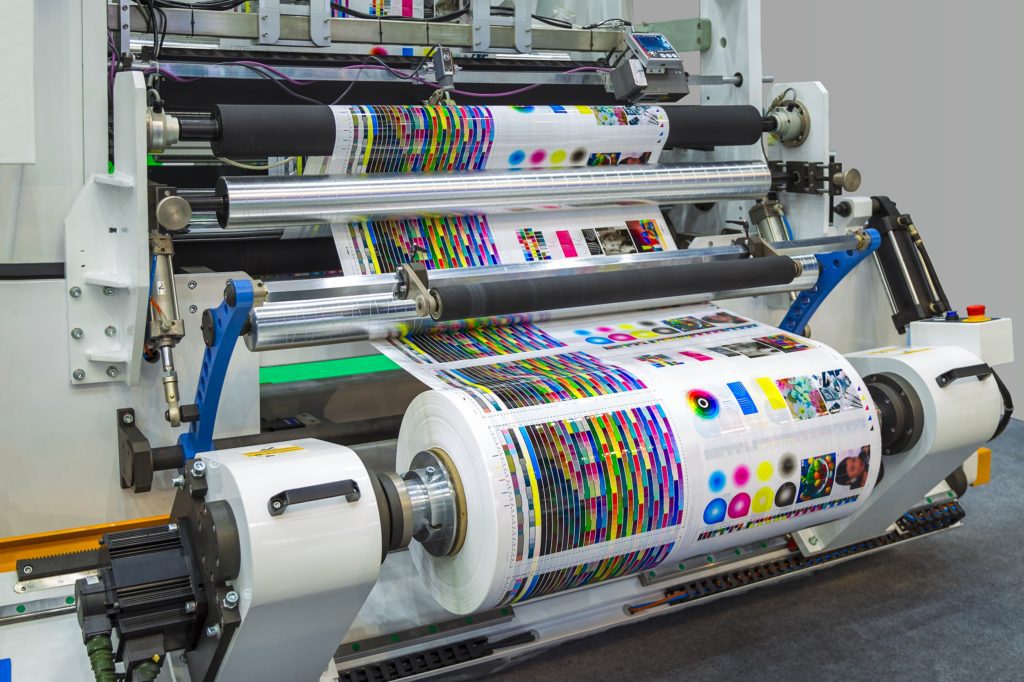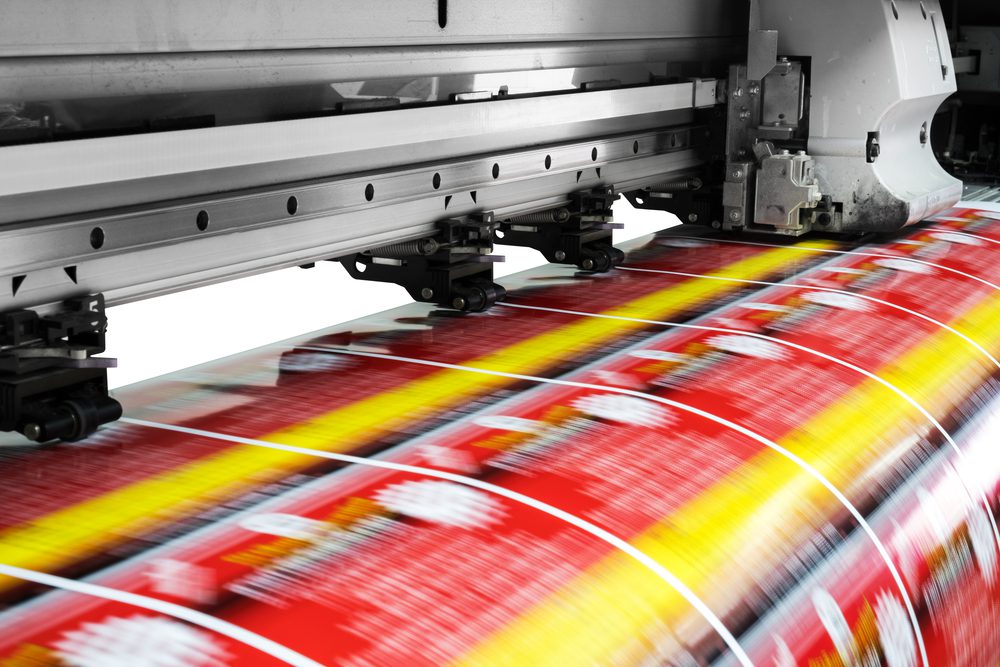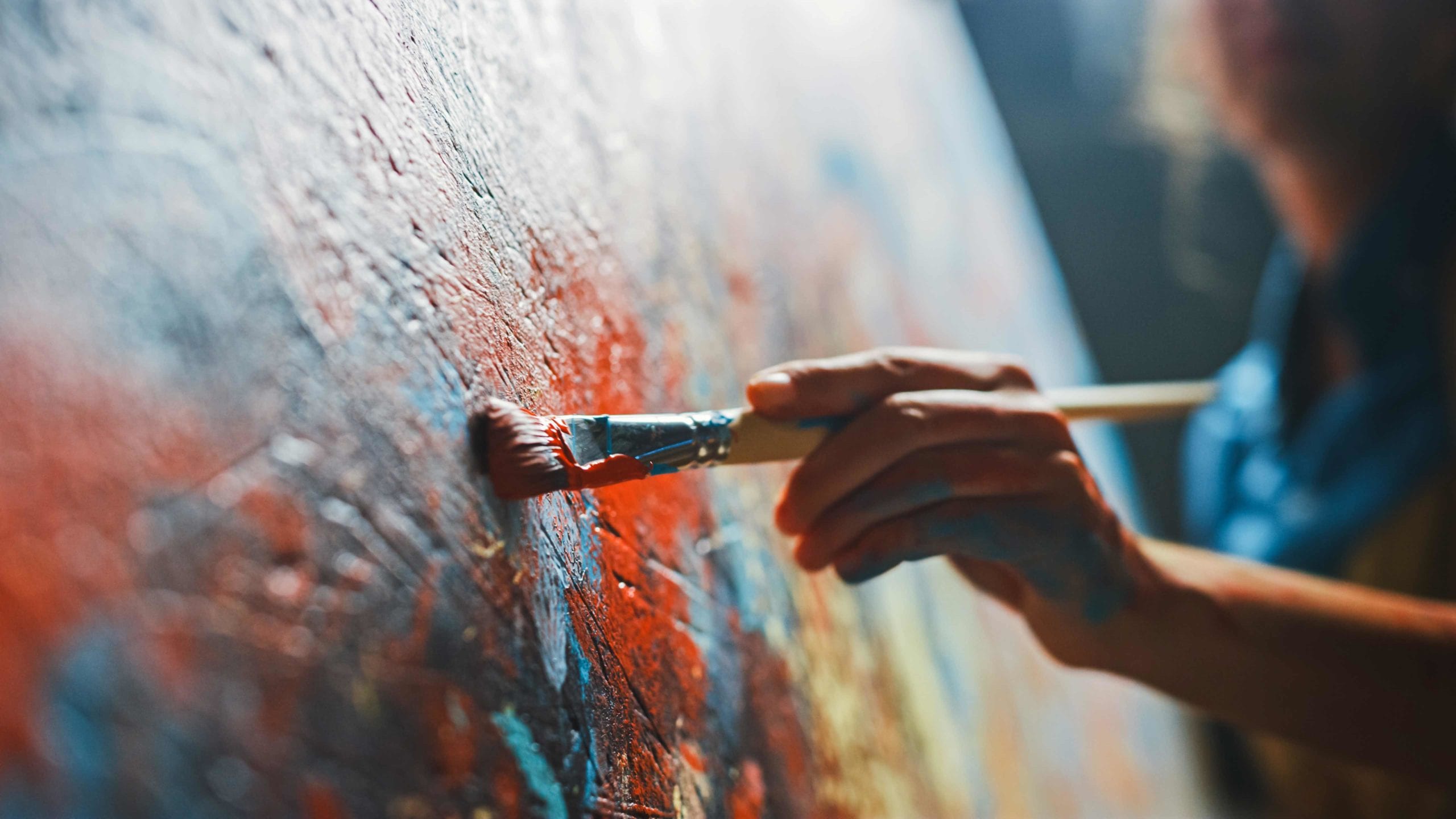Artists, photographers and even hobbyists know a thing or two about different materials and the power of the right ingredients to create something remarkable. It’s a truth that filters into printing your artwork, too. Art prints are an integral component of an art business strategy, as artists can provide more of their customers and fans with the pieces they love and generate a consistent income.
As more and more artists turn to print as a way to grow their art brand and support their work, it’s a good time to take a deep dive into the different types of prints and what you can expect from each. We’ll investigate what commercial photo prints and fine art prints are exactly and then see how they differ from each other, so you can find the right solution to take your business to new levels.
What Are Commercial Photo Prints?
Commercial photo prints have offered a pathway for everyone to produce prints of their photos in various sizes and styles for decades! Kodak introduced the technique in 1940, which uses the chromogenic printing process involving a chemical reaction to produce the coloured dyes that develop a copy of the photo.
This process creates prints with a glossy finish, which may or may not be beneficial for you, but it does make it harder to scratch the photo. Dark shades and a more saturated finished effect are common with commercial photo prints due to the chromogenic materials, the printing process and the film paper. The printing paper has a relatively low quality, so they’re typically cheaper to produce in bulk, but that
means they also come with a lower selling value.
What Are Fine Art Prints?
Fine art prints refer to the process of creating Giclée prints through advanced printing technology and an archival canvas. Fine art prints exist to capture every detail of an artwork or photo and reproduce it precisely, to the same finish as the original. It allows artists to recreate art prints so their customers can have exactly what they want, and artists’ work is accurate while benefitting from the exposure and
reach that comes with selling prints.
So, how are fine prints made? These prints are a product of combining high-quality pigment-based ink, archival paper, inkjet printers and high-resolution cameras harmoniously. The cameras capture images at four times the resolution of traditional scanners, and the small spraying devices in the printers match every detail of the original. These prints are fade-resistant, long-lasting, and are used in many museums and art galleries because of their superior quality to preserves prints for many years.
Commercial Photo Prints vs Fine Art Prints
Both printing processes and prints come with their own advantages, so let’s analyse the differences between the prints so you can decide what’s best for you:
The Finished Print
As we know, commercial photo prints come with a glossy, dark and saturated finish due to the nature of their chemical process. This means that they’re not exactly true to the original, but they can be produced in many different sizes and are relatively scratch-resistant.
Fine art prints are precise reproductions of their original. For artists and photographers, this means that with every sale and all the eyes and minds that connect to your pieces, they’ll be seeing it exactly as you made it through Giclée prints. The quality of paper and ink also means these prints live a very long life and don’t fade over time. Given the composition of the paper and advanced printing technique, fine art prints provide:
- Precise and unrivalled detail, depth and colour
- Greater versatility capacity for different materials and substances used in the artwork
- Opportunity to enhance and emphasise various components upon request
- Minimal glare, shine and gloss to the surface
How to Decide Between Commercial Photo Prints vs Fine Art Prints
Fine art prints are undoubtedly a superior product, but you should still consider the needs of your business as there may be some instances where commercial prints may be enough. For example, commercial prints may be the right option for those less focused on the quality of the print, or even using them as ‘freebies’ in a marketing campaign. The use of 100% cotton rag is also a factor when
deciding between commercial and fine art prints.
You can ask yourself some of the following questions to help you find which print matches your preferences, remembering the key differences between the two methods are the composition of the paper, the printing process and longevity of the prints:
- What’s the purpose of the print? Are they to be sold to your customers or displayed in galleries
and stores? If selling your prints are part of your art business strategy and a way to generate
income, it’s best to go for the superior quality of fine art prints to best promote your work. - What finished appearance do you prefer? If you prefer a dark and glossy appearance,
commercial photo prints may suit you. If you want identical pieces or to have a choice over
emphasising components, go for fine art prints. - How long do you want the print to last? If they’re not for direct sale to your customers, and you
might just be using them briefly, commercial prints may be suitable. If you want them to last a
long time and have paper and ink that preserves your art, fine art prints can give you that. - What’s your budget? This is a valuable question, yet it’s more complex than going for the
cheaper option to suit a tight budget. While commercial photo prints are often cheaper to
produce, it’s important to remember they often have less resale value because of their lack of
quality and longevity. Investing in fine art prints means you can sell them for a higher value and
get a greater return on investment.
Partner with Narre Warren Fine Art Printing
Partnering with a trusted fine art printing specialist can help you develop beautiful, cost-effective and detailed prints to get started in the world of art printing and selling. Get in touch with Narre Warren Fine Art Printing today to arrive at the perfect solution for your needs.








Leave A Comment